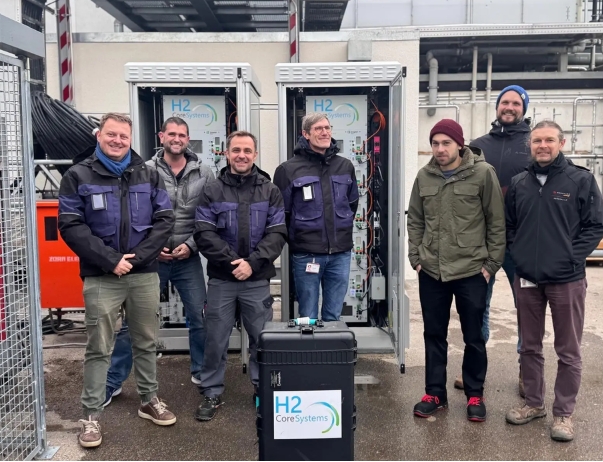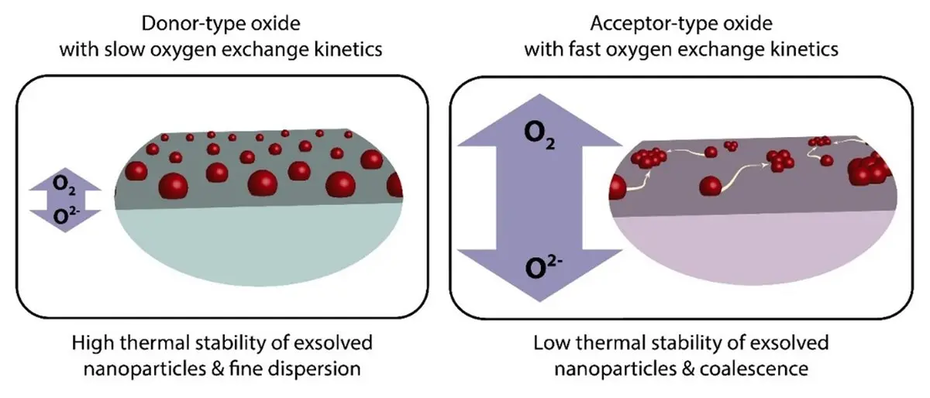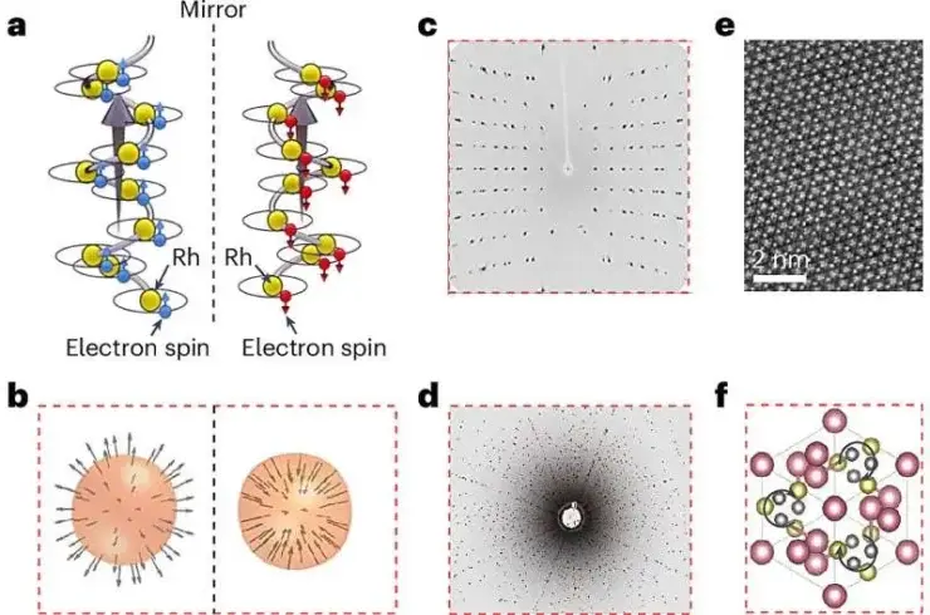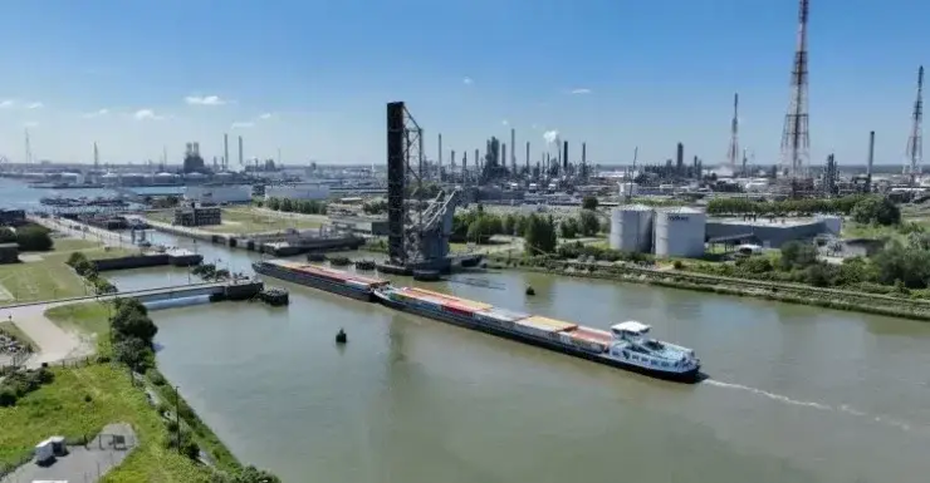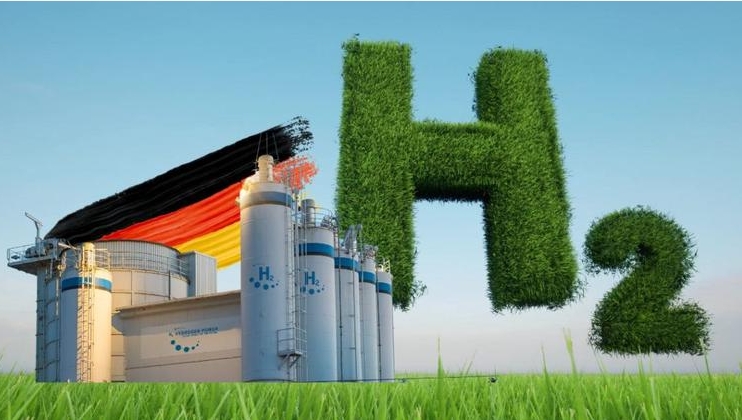The 2050 target requires immediate, concerted action and investment to be achievable. Canada needs to triple its power production levels over the next 30 years; third party forecasts in report show demand growing from 500 TWh to 1,500 TWh. Investment in engineering solutions are needed in every area of low carbon energy production – hydro, nuclear, renewables, carbon capture and storage and hydrogen.
Power grid reliability, resiliency and effectiveness through interprovincial ties is key to effectively support electrification of other economic sectors.
As to nuclear, the report notes that currently, nuclear accounts for about 15% of overall electricity production with plants located in two provinces: Ontario (constituting 60% of Ontario’s electric energy production) and New Brunswick (40% of electric energy production). The report notes that nuclear “is not dependent on weather, climate, or sun conditions, has a very small relative footprint per megawatt output, and all designs are emissions-free”.
Nuclear plants could be sited nearly anywhere in the country, and because of the heat output, could be used for industrial applications that require steam, or a combination of steam and electricity including relatively efficient methods of hydrogen production.
In 2025, six currently operating reactors will reach the end of life and be permanently decommissioned, removing 3000 MW of emissions-free electricity from the grid. The report points out that nuclear development and construction require “significant environmental assessment processes, design licensing by the Canadian Nuclear Safety Commission (CNSC), and long timelines for heavy component manufacturing, construction, and commissioning”. Even for an accepted plant design the process takes 8-10 years.
The nuclear industry has recently introduced small modular reactors (SMRs) which “certainly holds promise”, However, many of the more innovative designs also require licensing and development of new fuel facilities which carry 4-5-year design, licensing, and construction timelines, in addition to the 8-10 years for the plant. “As such, advanced SMRs are not likely to connect to the grid until the mid-2030s or later”.
The report says that once SMR technology is proven and begins to be widely deployed, “it can help play an important role in transforming the Canadian energy mix, especially for remote off-grid areas that currently depend on diesel generation”. However, “given the timelines involved in new nuclear development, licensing, and environmental permitting, it is vital that no more time is lost between now and 2050”.
Recommendations from the report include:
Establishing a federal-provincial committee for the Canadian electrical grid to enable greater reliability, resilience, and efficiency through inter-provincial ties. This could pave the way for an east-west interconnected grid, that would help balance operations, enable more renewable integration, and support electrification of other economic sectors.
Initiating early build projects for energy sources such as hydro and nuclear, where a single plant takes more than 10 years to develop. Other renewable resources, such as wind and solar, should be developed quickly to meet load increases. Emerging renewable technologies have also shown significant promise, including offshore wind, tidal, and wave power generation.
Expediting and funding pilot carbon capture and storage projects as quickly as possible, which are the key to eliminating the balance of GHG emissions from energy intensive processes.
Accelerating current hydrogen (and other alternative fuels) research programmes, with a minimum number of demonstration projects.
Consulting industry in the development of the net zero 2050 plan, to ensure concrete, measurable and coordinated efforts are put in place.
“To achieve this monumental task, Canadian policy makers and industry need to urgently resolve a number of technical, commercial and collaborative challenges associated with decarbonising the economy,” said Dale Clarke, President, Infrastructure Services, SNC-Lavalin. “Cooperation and collaboration between governments at all levels, with input from the private sector, indigenous community and other stakeholders, will be essential. The ambitious 2050 target can effectively position Canada as a global leader in low-emission technologies and practices across all economic sectors.”
Sandy Taylor, President, Nuclear, SNC-Lavalin said: “Immediate, effective and concerted action is required at all levels of society, industry, and government. Canadians can rise to the challenge, and that’s why SNC-Lavalin brought together its subject matter experts to offer analysis and guidance. Every aspect of our lives will be impacted, from travel, heating homes, and ensuring food and health security, to the ways we generate our power, operate industrial processes, and unlock our natural resources in this revolution.”
